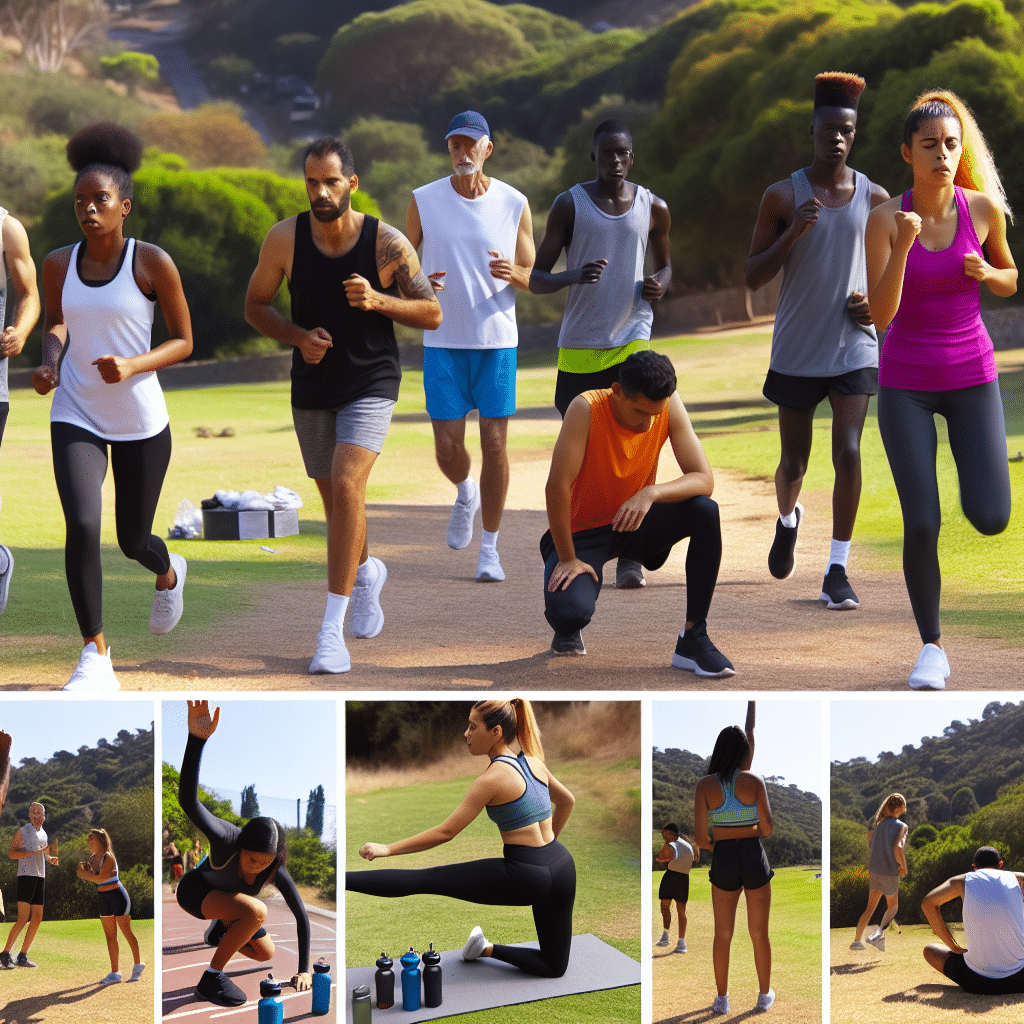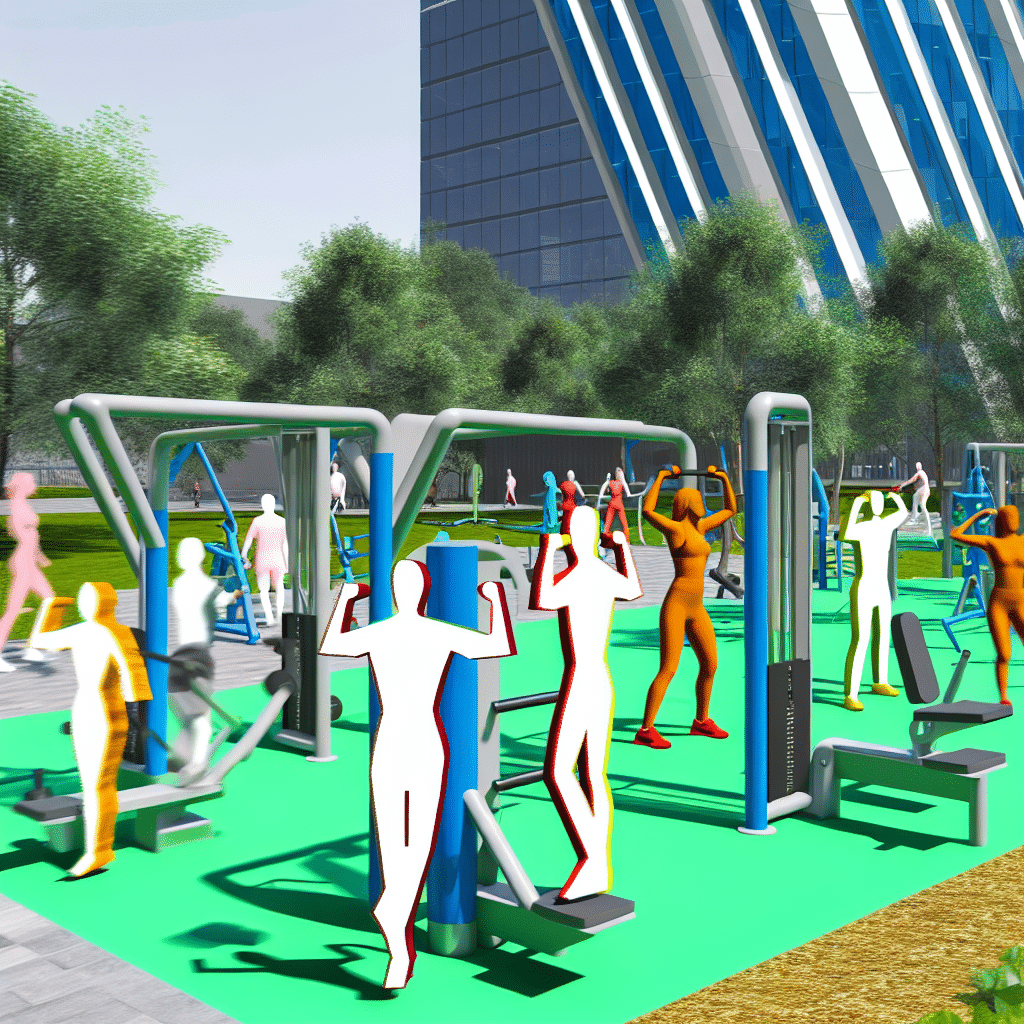Whether you’re a seasoned athlete, a casual jogger, or a dedicated newcomer, the desire to run faster is a common goal. Speed can transform your running experience, setting new personal bests and boosting your overall fitness. But how does one become faster at running? Let’s dive into the key elements that can help you unlock your speed potential.

Why is Increasing Your Running Speed Important?
Improving your running speed doesn’t just make you faster; it can enhance your overall fitness, endurance, and mental toughness. Faster runs help you burn more calories and increase your cardiovascular capacity. Additionally, working on your speed can prevent stagnation, keeping your workouts exciting and challenging.
How to Become Faster at Running: Key Strategies
1. Strength Training: Building the Engine
Strength training is often overlooked in favor of more mileage, but it’s crucial for becoming a faster runner. Strong muscles improve your body’s efficiency and reduce the risk of injury. Focus on exercises that target your core, legs, and glutes. Squats, lunges, and deadlifts are excellent choices.
2. Interval Training: The Secret to Speed
Interval training involves alternating between periods of high-intensity running and lower-intensity recovery. This type of training improves your aerobic capacity and burns fat efficiently. Try incorporating intervals once or twice a week. For example, after warming up, sprint for 30 seconds, followed by a 90-second walk or jog. Repeat this cycle for 20-30 minutes.
3. Consistent Long Runs: Building Endurance
While speed is essential, endurance forms the backbone of your running performance. Long runs help build cardiovascular endurance and mental stamina. Ensure you schedule a weekly long run, gradually increasing the distance to boost your aerobic base.
4. Proper Nutrition: Fueling the Machine
Nutrition plays a critical role in any fitness regimen. Proper fueling can dramatically improve your running performance. Focus on a balanced diet rich in lean proteins, complex carbohydrates, and healthy fats. Hydration is equally important; aim to drink at least 8-10 glasses of water daily.
5. Recovery: The Overlooked Essential
Often underestimated, recovery is just as crucial as the training itself. Your muscles need time to repair and grow stronger. Ensure you get adequate sleep and consider activities like yoga or light stretching to maintain flexibility and reduce muscle tension.
Surprising Ways to Boost Your Running Speed
1. Cadence Training: Steps to Success
Cadence refers to the number of steps you take per minute while running. A higher cadence can help you run more efficiently and reduce the risk of injury. Aim for a cadence of around 170-180 steps per minute. Tools like metronome apps or wearable devices can help you track and improve your cadence.
2. Stride Length: The Power of Distance
Stride length is the distance covered between each step. While increasing your stride length might seem intuitive, it’s important to do it correctly. Focus on a powerful push-off with each step rather than reaching forward with your foot, which can cause overstriding and lead to injuries.
3. Mental Training: Mind Over Matter
Mental toughness can be the difference between achieving a new personal best and giving up. Visualization techniques and positive self-talk can significantly impact your performance. Consider setting small, achievable goals during your runs to build confidence and maintain motivation.
Common Mistakes to Avoid When Trying to Run Faster
1. Skipping the Warm-Up
Warming up prepares your body for the physical demands of running. Skipping this step can increase your risk of injury and negatively impact your performance. A proper warm-up should include dynamic stretches and a few minutes of light jogging.
2. Ignoring Rest Days
Rest days are essential for muscle recovery and overall performance. Overtraining can lead to fatigue, burnout, and injuries. Ensure you have at least one or two rest days each week to allow your body to recuperate.
3. Neglecting Form
Poor running form can hinder your speed and increase the risk of injury. Focus on maintaining an upright posture, engaging your core, and landing softly on your mid-foot. Keep your arms relaxed and try to avoid excessive side-to-side movement.
Conclusion
Becoming faster at running is a multifaceted process that requires dedication, strategy, and consistency. By incorporating strength training, interval workouts, and proper nutrition, you can significantly improve your speed. Don’t forget the importance of recovery, mental training, and proper running form. Avoid common mistakes and stay committed to your goals, and you’ll be well on your way to becoming a faster, more efficient runner. Happy running!



